1. Bountiful Blue® Blueberry
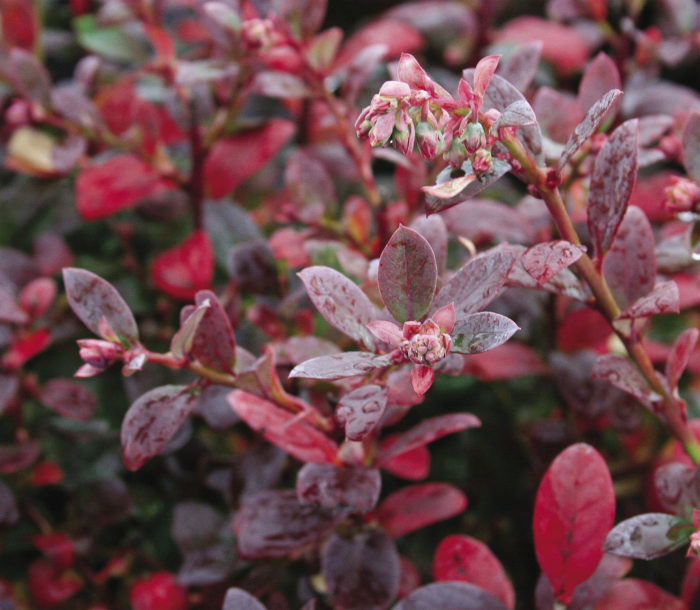
Name: Vaccinium corymbosum ‘FLX–2’
USDA Hardiness Zones: 6 to 10
Size: 3 to 4 feet tall and wide
Conditions: Full sun; acidic, moist, well-drained soil
This blueberry was bred to be more beautiful than traditional varieties but without compromising the volume of fruit or its flavor. Bell-like white flowers in spring are followed by supersweet berries in early summer. The foliage has a blue sheen that holds through the heat of summer and turns maroon in fall. Bountiful Blue® is self-fertile but produces even more fruit when paired with another cultivar.
2. Coralbark Japanese Maple
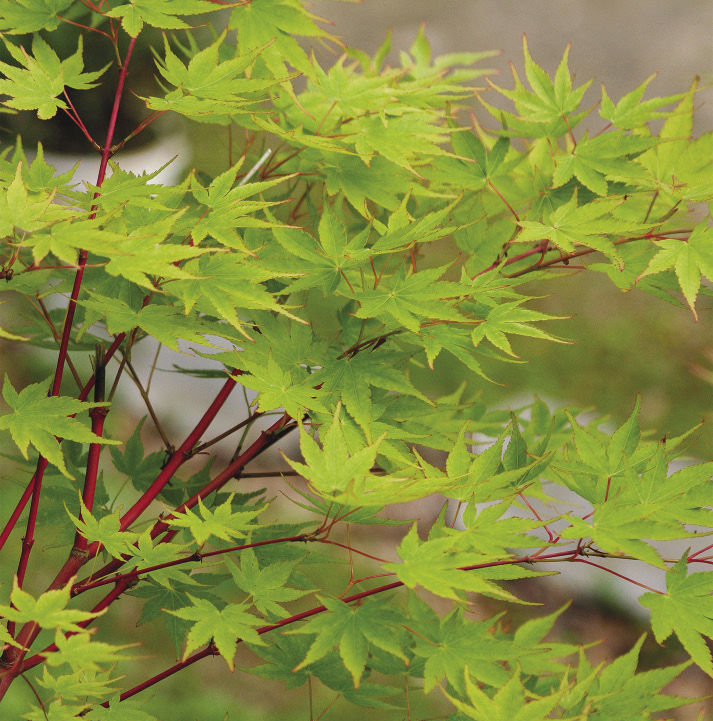
Name: Acer palmatum ‘Sango-kaku’
Zones: 5 to 8
Size: 15 to 20 feet tall and wide
Conditions: Full sun to partial shade; moist, well-drained soil
Few trees are as stunning in winter as they are in summer, but coralbark Japanese maple is definitely one of them. With its rounded canopy, this tree puts on an ever-changing spectacle of color throughout the seasons. Spring brings lime green foliage set in sharp contrast against bright red branches. Each leaf bears a red margin, which carries through summer as the foliage shifts to a cool green. The leaf color shifts again in fall to gold before the leaves drop, letting the tree reveal its magnificent coral-colored bark. The bark hue continues to intensify during the winter, too.
3. Leatherleaf Mahonia

Name: Mahonia bealei
Zones: 6 to 9
Size: 6 to 8 feet tall and 4 to 6 feet wide
Conditions: Partial to full shade; moist, well-drained soil
This stately evergreen shrub has a strong form and bold foliage, making it an excellent focal-point plant. Thick hollylike leaves, reaching lengths of 18 inches, are held in layers along its upright stems. Fragrant yellow flowers appear from midwinter through early spring, followed by waxy blue berries that hang in grapelike clusters and attract birds. Leatherleaf mahonia forms a loose clump of unbranched stems, so if you want a denser clump, prune out the oldest two or three stems each spring to encourage new growth.
4. ‘Wind Dancer’ Blue Lovegrass
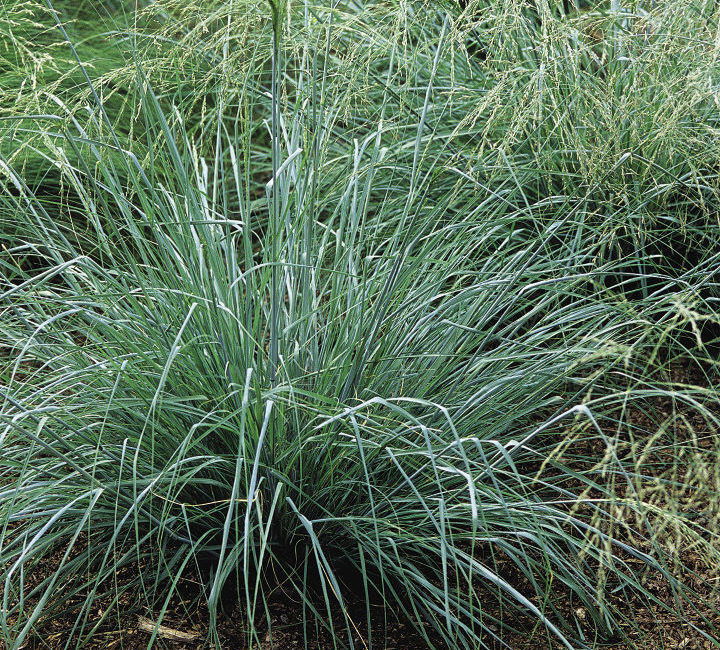
Name: Eragrostis elliottii ‘Wind Dancer’
Zones: 6 to 9
Size: 3 to 4 feet tall and 2 to 3 feet wide
Conditions: Full sun; rich, well-drained soil
This native ornamental grass’s elegant flower panicles truly do dance in the wind atop its narrow blue-green blades. The airy white flowers appear in early summer, turning tan as the seed ripens, lightening to a golden straw color in fall, and even remaining intact through winter. Group a few plants together to create masses that sway gracefully in the breeze. ‘Wind Dancer’ blue lovegrass requires little maintenance: Simply cut back the foliage in late winter before any new growth emerges.
Kimberly Toscano is the assistant director of The Botanic Garden at Oklahoma State University in Stillwater and is the television host of Oklahoma Gardening.
Photos: (#1), Courtesy of Monrovia Nursery; (#2), Danielle Sherry; (#3), www.millettephotomedia.com; (#4), Bill Johnson


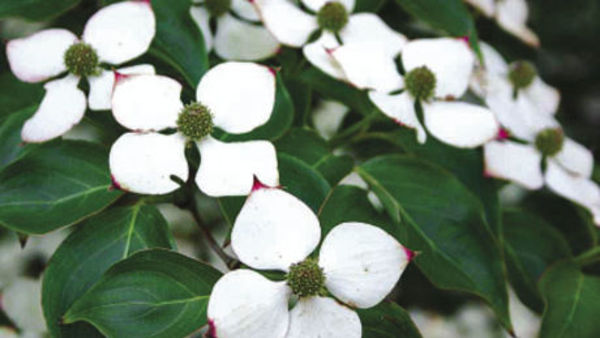
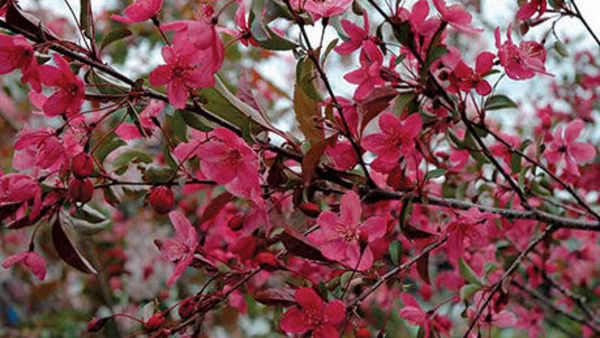

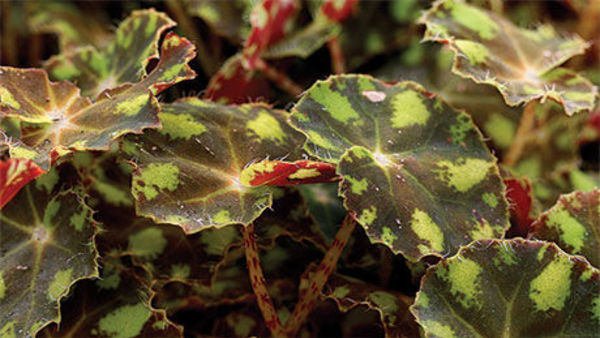












Comments
Log in or create an account to post a comment.
Sign up Log in